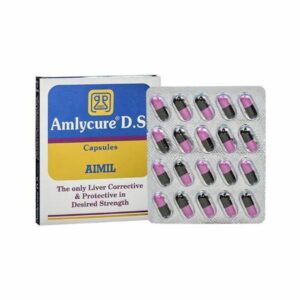Diabetic Skin


Dr. Sharma's Treatment For Diabetic Skin
The chronic disease diabetes affects millions of individuals worldwide. One of the many complications associated with diabetes is skin problems. Diabetic skin can be prone to various issues, including rashes, infections, and dryness. This article will explore the different causes and treatments of diabetic skin problems, particularly diabetic rash.
Diabetic rash cure, also known as diabetic dermopathy, is a skin condition that affects people with diabetes. It typically appears as small, round, or oval-shaped patches that are light brown or red. These patches may be slightly raised and scaly and often appear on the shins. While the diabetic rash is not typically painful, it can be unsightly and cause embarrassment for those who have it.
There is no specific cure for diabetic rash, but there are steps that individuals with diabetes can take to prevent and manage it. The first step is to maintain good blood sugar control. High blood sugar levels can cause damage to blood vessels and nerves, which can contribute to the development of diabetic rash. By keeping blood sugar levels within a healthy range, individuals with diabetes can help prevent skin problems, including diabetic rash.
Another step that individuals with diabetes can take to prevent and manage diabetic rash is to maintain good skin hygiene. This includes washing the skin regularly with mild soap and warm water and moisturizing the skin daily. Keeping the skin moisturized can help prevent dryness and cracking, making the skin more susceptible to infection.
Diabetic Rash Treatment
While there is no specific cure for diabetic rash, several treatments can help manage the condition. One common treatment for diabetic rash is the use of topical corticosteroid creams. These creams can help reduce inflammation and itching associated with the rash and may help improve the appearance of the skin.
Another option for diabetic rash treatment is the use of antibiotics. If the rash becomes infected, antibiotics may be necessary to treat the infection and prevent it from spreading. Antifungal medications may also be prescribed if a fungal infection causes the rash.
In addition to these treatments, individuals with a diabetic rash may also benefit from changing their lifestyle. This may include quitting smoking, eating a healthy diet, and exercising regularly. By making these lifestyle changes, individuals with diabetes can help improve their overall health and reduce their risk of developing skin problems, including diabetic rash.
Consult Dr. Sharma For Diabetic Skin
Combining Ayurveda, Naturopathy With Modern Medicine
Reducing Medicines
Diabetes Skin Problems Treatment
In addition to the diabetic rash, several other skin problems can affect people with diabetes. These include dry skin, infections, and foot problems.
Dry skin is a common problem for people with diabetes. High blood sugar levels can cause the skin to lose moisture, leading to dryness and cracking. To treat dry skin, individuals with diabetes should use a moisturizing lotion or cream regularly. They should also avoid taking long, hot showers, which can further dry out the skin.
Infections are another common skin problem for people with diabetes. High blood sugar levels can weaken the immune system, making it more difficult for the body to fight infections. To prevent infections, individuals with diabetes should keep their skin clean and dry and avoid scratching or picking at any wounds. They should also seek medical attention if they notice any signs of infection, such as redness, swelling, or drainage from a wound.
Foot problems are also a common concern for people with diabetes. This is because high blood sugar levels can cause damage to the nerves and blood vessels in the feet, making them more susceptible to injury and infection. To prevent foot problems, individuals with diabetes should inspect their feet daily for any cuts, blisters, or sores. They should also wear comfortable, properly fitting shoes and socks.
In conclusion,diabetic skin problems are a common complication of diabetes that can be prevented and managed through proper care and treatment. Good blood sugar control, skin hygiene, and lifestyle changes are essential for preventing and managing skin problems such as diabetic rash, dry skin, infections, and foot problems. Treatment options, including topical corticosteroid creams, antibiotics, and antifungal medications, can help manage the symptoms of diabetic rash. With proper care and treatment at Sparsh Health Clinic at NCR, individuals with diabetes can help maintain healthy skin and reduce their risk of developing skin problems associated with diabetes.
Step 1

Share Past Prescription
Share your past prescription with the doctor for analysing your current situation.
Step 2

Upload Image
Step 3




